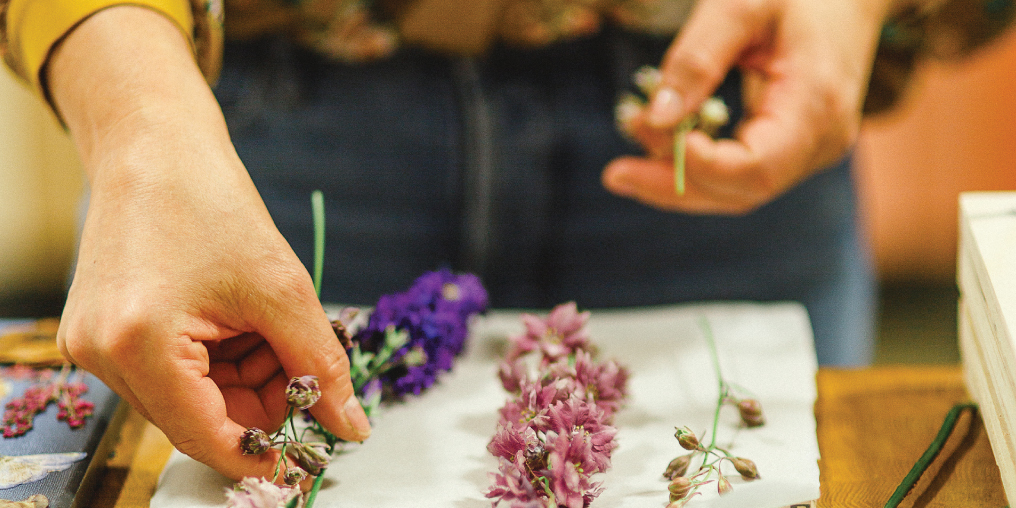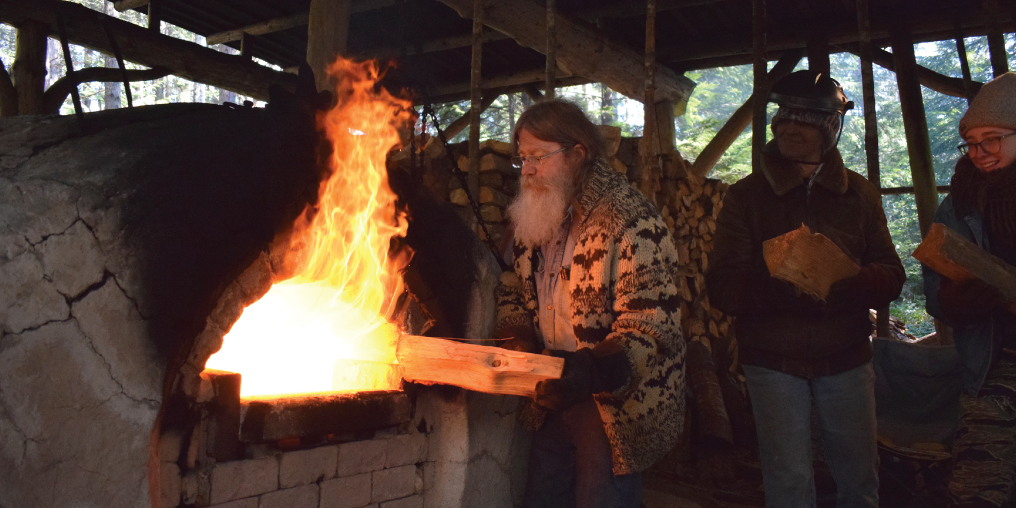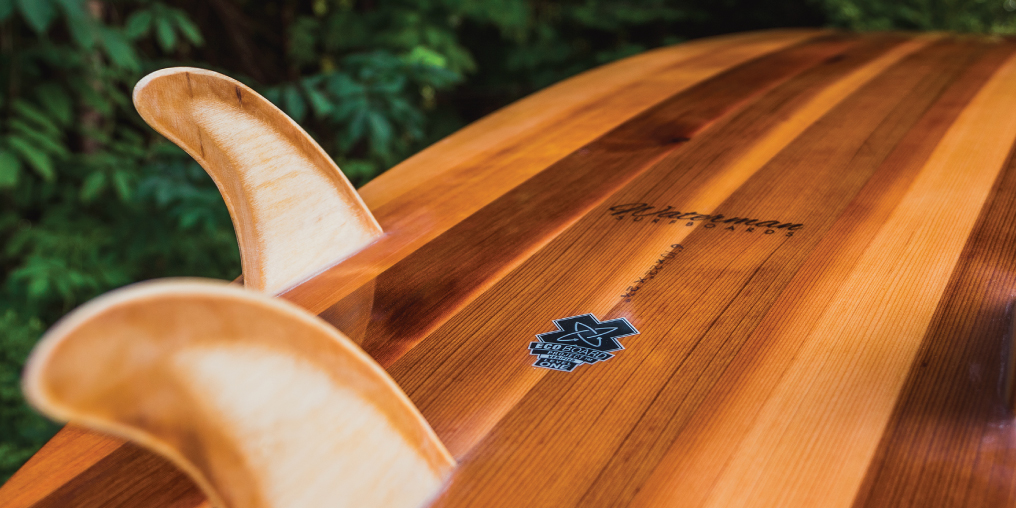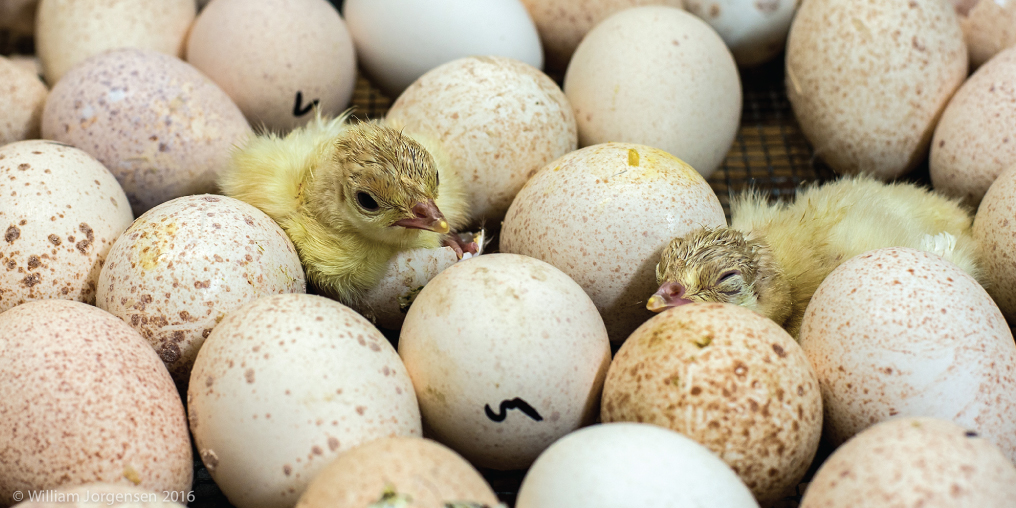The practice of pressing and drying flowers and herbs dates back centuries and is part of many Indigenous cultures and traditions around the world. What was once a practical method of identifying plants for medicinal and food purposes has evolved over the years into an art form. Drying flowers is a lovely fall pleasure, as it preserves their beauty to be enjoyed during a time when they aren’t locally available.
As a Mi’kmaq woman from Nova Scotia, and a full-time florist in Courtenay, I was delighted to discover that generations of my people preserved flowers for medicinal use.
Because I didn’t grow up learning about my heritage, I now spend time seeking out ways to connect to as many traditions as I can. This one is a natural fit for me.
I often work with brides who are looking for ways to preserve memories of their wedding day; bridal bouquets and other special flower arrangements lend themselves well to being dried. But you can use any fresh flowers.
It’s a craft that anyone can try out for themselves: you can start with a large book and something heavy to weigh it down. Before I had my flower press, I used a big travel book with my 35-pound kettlebell on top! This method can wreck the pages of your books, so you might want to invest in a flower press.
Collect some of the beautiful blooms that persist well into the fall around here. The best flowers for pressing are those with a single layer of petals (some of my favourites are asters, hellebores, cosmos, anemones, and daisies); those with multiple layers like peonies, carnations, and roses have to be broken apart and each petal dried individually. Removing the stem on some blooms while leaving the stem on others can help create a realistic image design later.
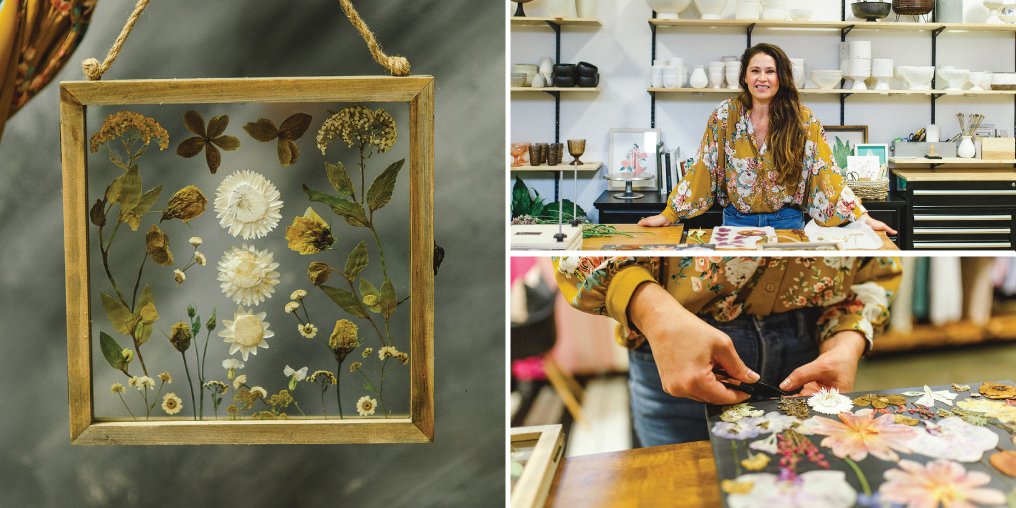
Be sure there isn’t any moisture on the bloom when you put it into the press, or book, and leave space around each one. Pressing flowers when they are still well hydrated and fresh is key. The sooner you start drying fresh blossoms, the better you can capture their colour, but expect some fading or darkening, depending on the bloom. Sometimes thick blossoms will mould, but don’t give up—try again another time.
I usually leave my flowers for about 10 days. Uncovering them and peeling back the paper is like opening a gift at Christmas. It’s a surprise every time because you never know how they are going to turn out.
Once they’re pressed, you can shape them into a bouquet or use them to make a long-lasting two-dimensional art piece. I use double glass frames, sealed all around it so nothing will get in. I love knowing my press flower designs will be on this earth for much longer than I will be.
Pressing flowers allows me to preserve a moment in time and showcase the intricate patterns, delicate colours, and fragile textures that make each blossom so enchanting. It serves to honour my Indigenous heritage, the rich history of botanical exploration, and the importance of preserving our natural environment. As I immerse myself in the practice, I am reminded of the fragility and preciousness of the natural world.
I hope my work encourages people to appreciate the intricate beauty that surrounds us and to take steps to protect and nurture it for future generations.

